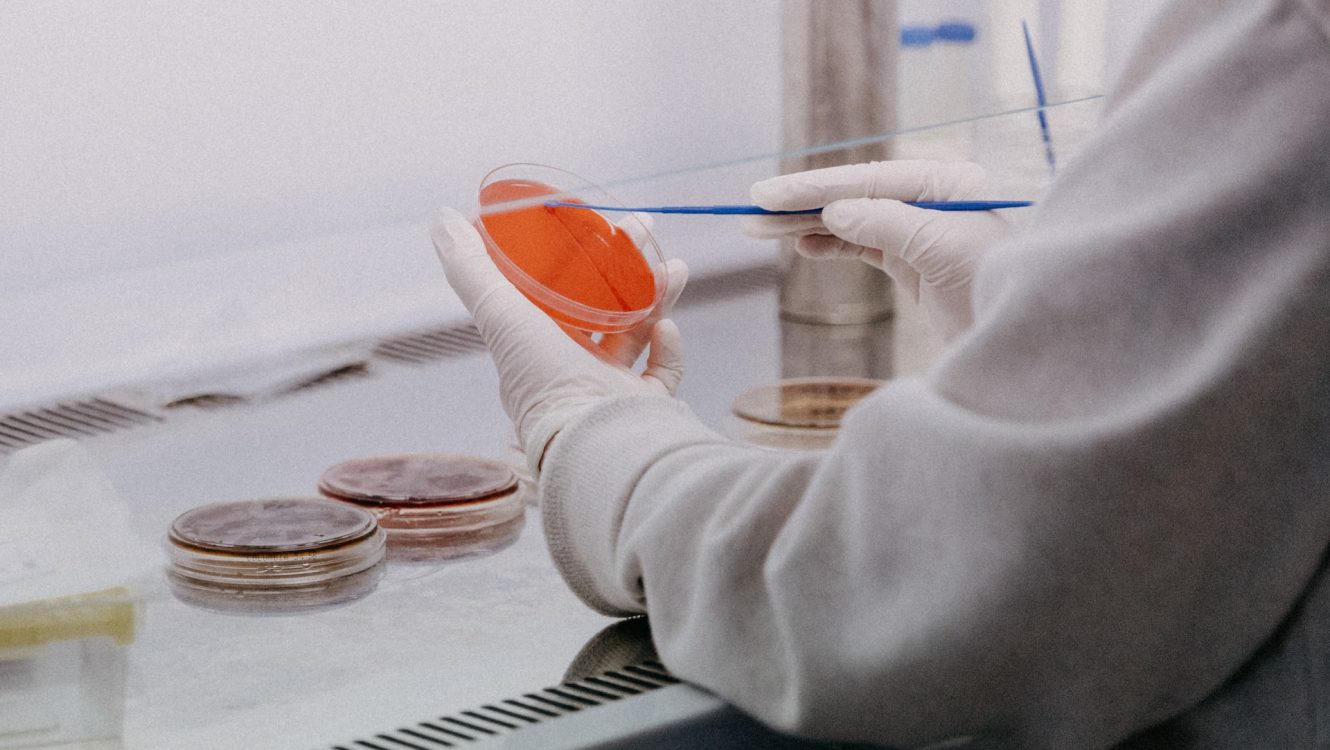A Revolution in Recycling: How UV Light is Transforming the Fate of Diapers
In the quest to create a sustainable future, innovative solutions are emerging that challenge our traditional understanding of recycling. Among them, a groundbreaking discovery by researchers from the Karlsruhe Institute of Technology (KIT) stands out, highlighting the potential of using UV light to recycle superabsorbers, a primary component of diapers. This method not only promises to be more efficient but also presents a more eco-friendly approach to managing the vast amounts of waste generated by hygiene and medical products every year.
The Challenge of Recycling Superabsorbers
Superabsorbers, especially sodium polyacrylate, are known for their high absorbency and can be found in everyday products ranging from diapers to bandages. Their unique chemical structure, however, has made them notoriously difficult to recycle. Traditionally, strong acids were used to break down these crosslinked polymers, a process that was both time-consuming, taking about 16 hours at 80 degrees Celsius, and expensive. As a result, approximately two million tons of superabsorbers are discarded or incinerated annually, contributing significantly to environmental degradation.
Shedding Light on a Faster Solution
The team at KIT, comprising experts from multiple institutes, has uncovered a remarkable characteristic of sodium polyacrylate polymers: they degrade under UV light after absorbing water. Professor Pavel Levkin of the Institute of Biological and Chemical Systems elaborates, “When exposed to light, the chains linking the polymers are broken. This causes them to loosen up, becoming soluble in water and transforming into liquid fibers.”
In their experiments, the researchers utilized standard diapers, exposing wetted liners to a 1000 W lamp. Astonishingly, within just five minutes, the solid material liquified, a process that is roughly 200 times faster than using acids. This discovery has the potential to revolutionize the recycling of superabsorbers.
Beyond Diapers: The Potential of Recycled Polymers
But the potential of this breakthrough doesn’t stop at diapers. The liquid produced from this rapid degradation process can be repurposed into various products. Levkin notes, “We were able to transform the liquid into new adhesives and dyes using established methods. This indicates a vast potential for the recycled substance to be molded into a plethora of other products.”

Although the experiments were conducted using clean diapers, Levkin is optimistic about the scalability of this method. He believes that superabsorbers from used diapers can also be separated and subjected to the same recycling process, making it feasible for real-world applications.
Towards a Sustainable Future
The implications of this discovery extend beyond the immediate benefits of faster and more efficient recycling. By harnessing the power of solar energy, this method can be further optimized to be eco-friendly, reducing the carbon footprint of the recycling process.
“We’ve not only identified an efficient way to recycle superabsorbers but have also paved the way towards reducing environmental pollution,” Levkin states. “This discovery represents a significant stride towards a more sustainable utilization of polymers.”
As the world grapples with the challenges posed by waste management and environmental degradation, such innovative approaches offer hope. With the promise of transforming waste into valuable resources, this breakthrough underscores the limitless possibilities that lie ahead in the realm of sustainable recycling.
©globalgreenhouse.eu


